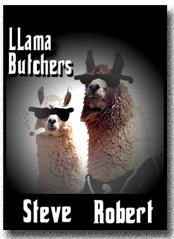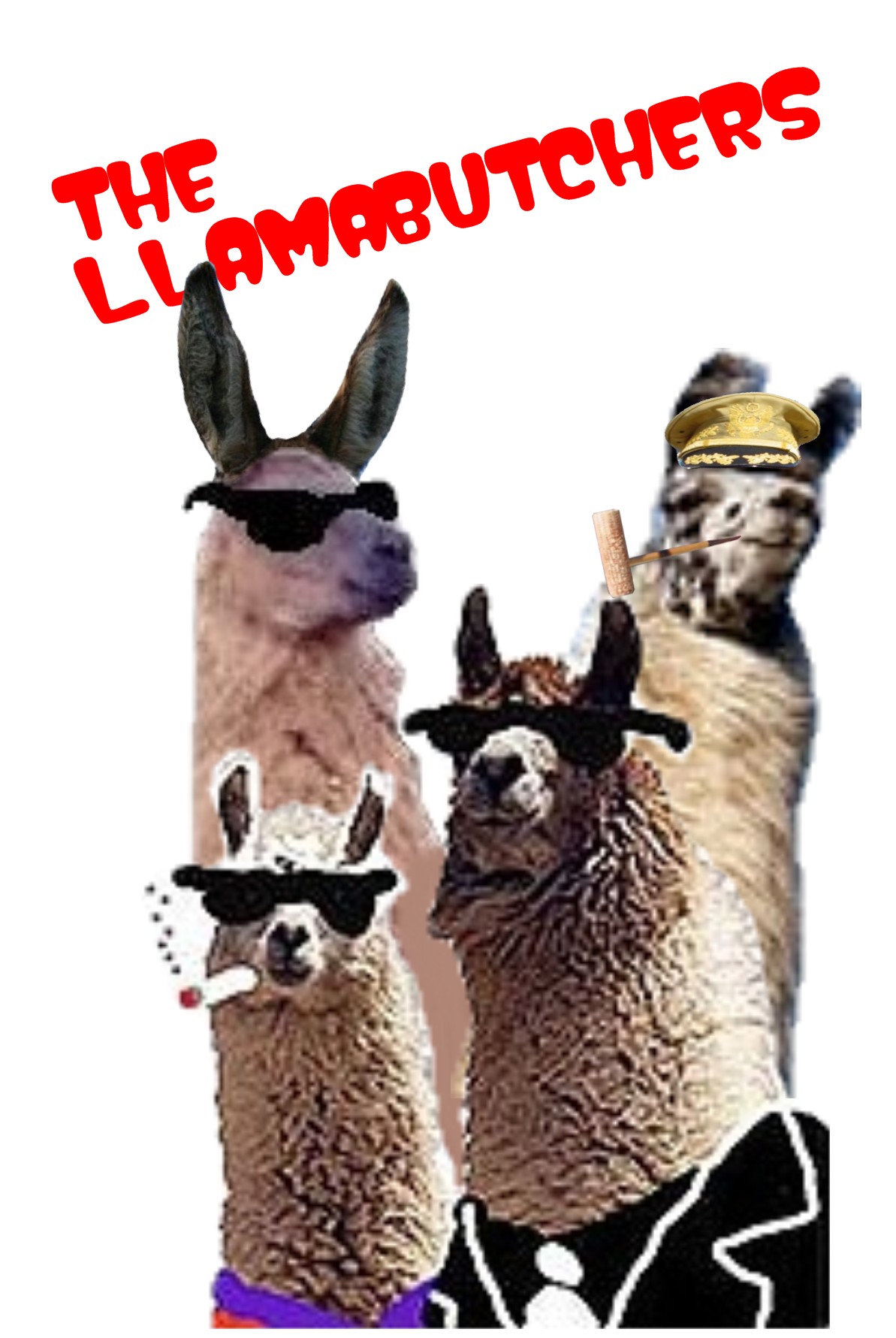December 14, 2005
Darth Poppins
A fascinating article by Cailtin Flannigan in the New Yorker about Mary Poppins and its author, P.L. Travers. After some interesting biographical background, the article goes on to tell how Travers was brought over to the Dark Side at the hands of the Sith Lord Disney.
I've never read the Poppins books but, as one might imagine, the original Mary ain't no Julie Andrews:
The literary Mary Poppins is by no means an untroubling character. Indeed, at the end of the first chapter of the first book—in which she arrives as a shape hurled against the front door in the midst of a gale, assumes the form of a woman, bullies Mrs. Banks into hiring her, snaps at the children, and doses them with a mysterious potion after she gets them alone in the nursery—she earns only a qualified endorsement: “And although they sometimes found themselves wishing for the quieter, more ordinary days when Katie Nanna ruled the household, everybody, on the whole, was glad of Mary Poppins’s arrival.” She is, in fact, very often “angry,” “threatening,” “scornful,” and “frightening.” She calls the children cannibals, jostles them down the stairs, and makes them eat so quickly that they fear they will choke. She has a habit of saving the children from horrifying supernatural experiences, it’s true, but this would seem more of a boon if she herself hadn’t brought them on in revenge for naughtiness. Often, she seems like someone who doesn’t like children much.
However, when Travers eventually made contact with Walt, she little understood the power of the Dark Side of the Force:
The story of “Mary Poppins” depended on the premise that it was normal for a middle-class family to employ a staff, including a servant to raise the children. But to a large segment of Disney’s intended audience this idea would be bewildering or, at least, cold and unpalatable. To solve this problem, he summoned Richard and Robert Sherman to a meeting in his large, corner office on the Disney lot in Burbank. The Sherman brothers were songwriters in their early thirties who had worked on several Disney movies and television shows and had recently written the Annette Funicello hit “Tall Paul.” They had impressed Disney with the way they “thought story” when they wrote songs. He asked the brothers a question that is now a part of the lore that surrounds the making of “Mary Poppins”: “Do you boys know what a nanny is?”“Yeah,” Richard joked. “It’s a goat.”
Disney realized that translating the story for an American audience would require an explanation of the role of a nanny, as well as a plot that would reward Mr. and Mrs. Banks for choosing to bring up their children themselves.
“We had to come up with a need for Mary Poppins to come to the Banks family,” Richard Sherman told me recently. “We had to make her a necessary person.” Their first thought was to get rid of Mr. Banks. “We were going to set the thing during the Boer War and have his regiment called up,” he said. “Then you could have had a real happy ending, when he came home.” And then, Sherman said, they had an inspiration: “You could make the father emotionally absent.”
Mr. Banks’s journey would provide the narrative arc of the film. The mother would be a matron who had lost sight of her most important calling: raising her children. She, too, would be transformed into a good mother (of the kind recognizable to an American audience in the early nineteen-sixties) through the offices of Mary Poppins, who would leave, never to return, once her work with the parents had been completed. “We made it a story about a dysfunctional family,” Sherman said. “And in comes Mary Poppins—this necessary person—to heal them.”
By the time she realized that was no moon, it was too late:
The première was the first Travers had seen of the movie—she did not initially receive an invitation, but had embarrassed a Disney executive into extending one—and it was a shock. Afterward, as Richard Sherman recalled, she tracked down Disney at the after-party, which was held in a giant white tent in the parking lot adjoining the Chinese Theatre. “Well,” she said loudly. “The first thing that has to go is the animation sequence.” Disney looked at her coolly. “Pamela,” he replied, “the ship has sailed.” And then he strode past her, toward a throng of well-wishers, and left her alone, an aging woman in a satin gown and evening gloves, who had travelled more than five thousand miles to attend a party where she was not wanted.
Travers apparently spent the rest of her life seriously conflicted about her relationship with Disney, but never quite able to release herself from Walt's grasp.
Yips! to Terry Teachout's Girl in Chicago.
Posted by Robert at December 14, 2005 01:19 PM | TrackBackWeird you should post this. I was singing Chim Chim Cheree and Jolly Holiday in the car this morning.
I have no idea why.
Posted by: Brian B at December 14, 2005 02:35 PMHeh.
Sounds like the original story is ripe for a remake.
I wonder what Peter Jackson's up to now.
NOOOOOOOOOOOOOOOOOOOOOOOOOOOOOOOOOO!!!!!!!!!!!!!!!!
Posted by: Brian B at December 14, 2005 05:48 PMI read Mary Poppins when I was a kid. It was quite a shock! But I enjoyed the book a great deal. It was more to my taste than happy animated penguins, I guess :)
Posted by: Ith at December 15, 2005 12:15 PM

 Image courtesy of the lovely and talented
Image courtesy of the lovely and talented 